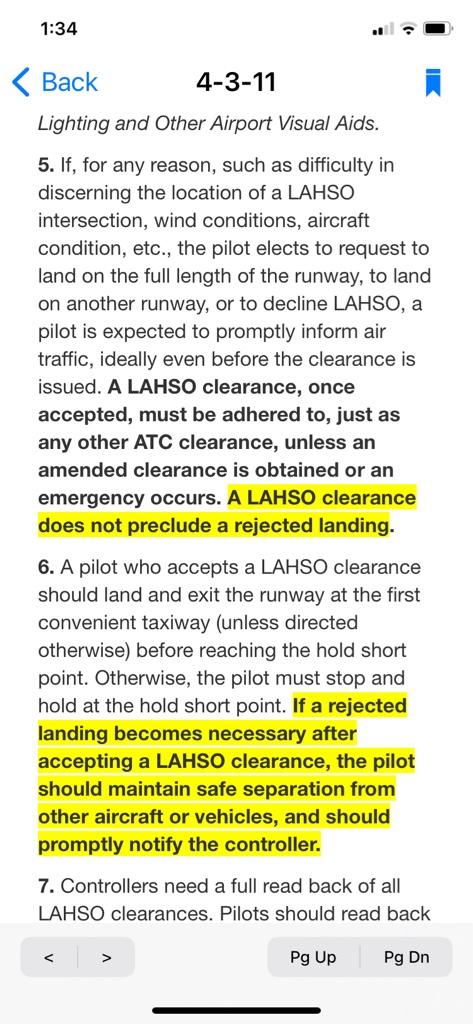SixPapaCharlie
May the force be with you
- Joined
- Aug 8, 2013
- Messages
- 16,014
- Display Name
Display name:
Sixer
So, studying for more pilot stuff and once again, there is much ado about Land and hold short operations.
Can someone explain to me what it is, how it is implemented, and why the fuss?
I have never been asked to land and hold short and if I was asked, I would assume there would be more info like land and hold short of XYZ intersection? Is that correct?
Why is this emphasized so frequently always noting that you can refuse it?
Is there something potentially complex that leads to the emphasis on right to refuse?
Is it just because they are "shortening" the runway?
Can someone explain to me what it is, how it is implemented, and why the fuss?
I have never been asked to land and hold short and if I was asked, I would assume there would be more info like land and hold short of XYZ intersection? Is that correct?
Why is this emphasized so frequently always noting that you can refuse it?
Is there something potentially complex that leads to the emphasis on right to refuse?
Is it just because they are "shortening" the runway?


